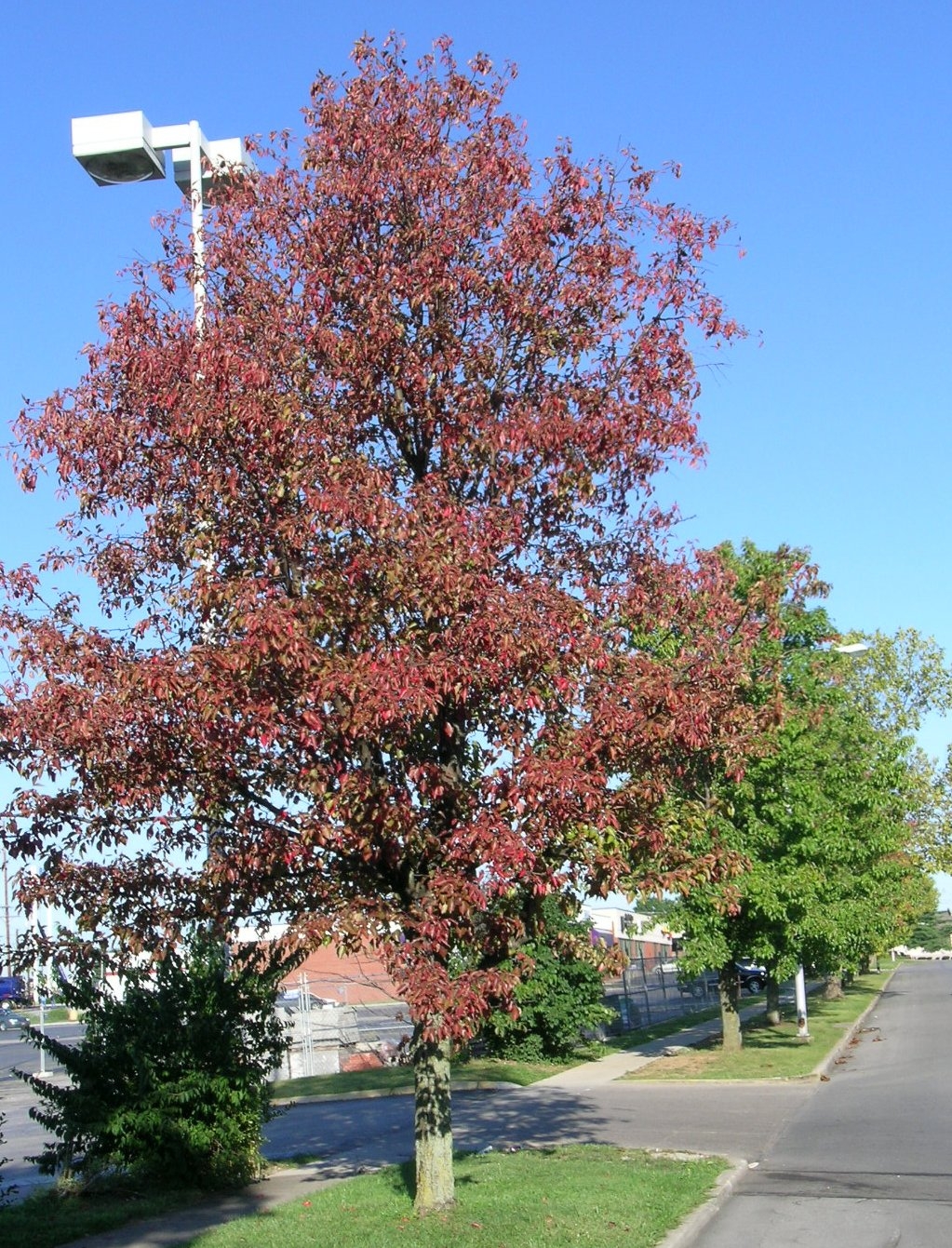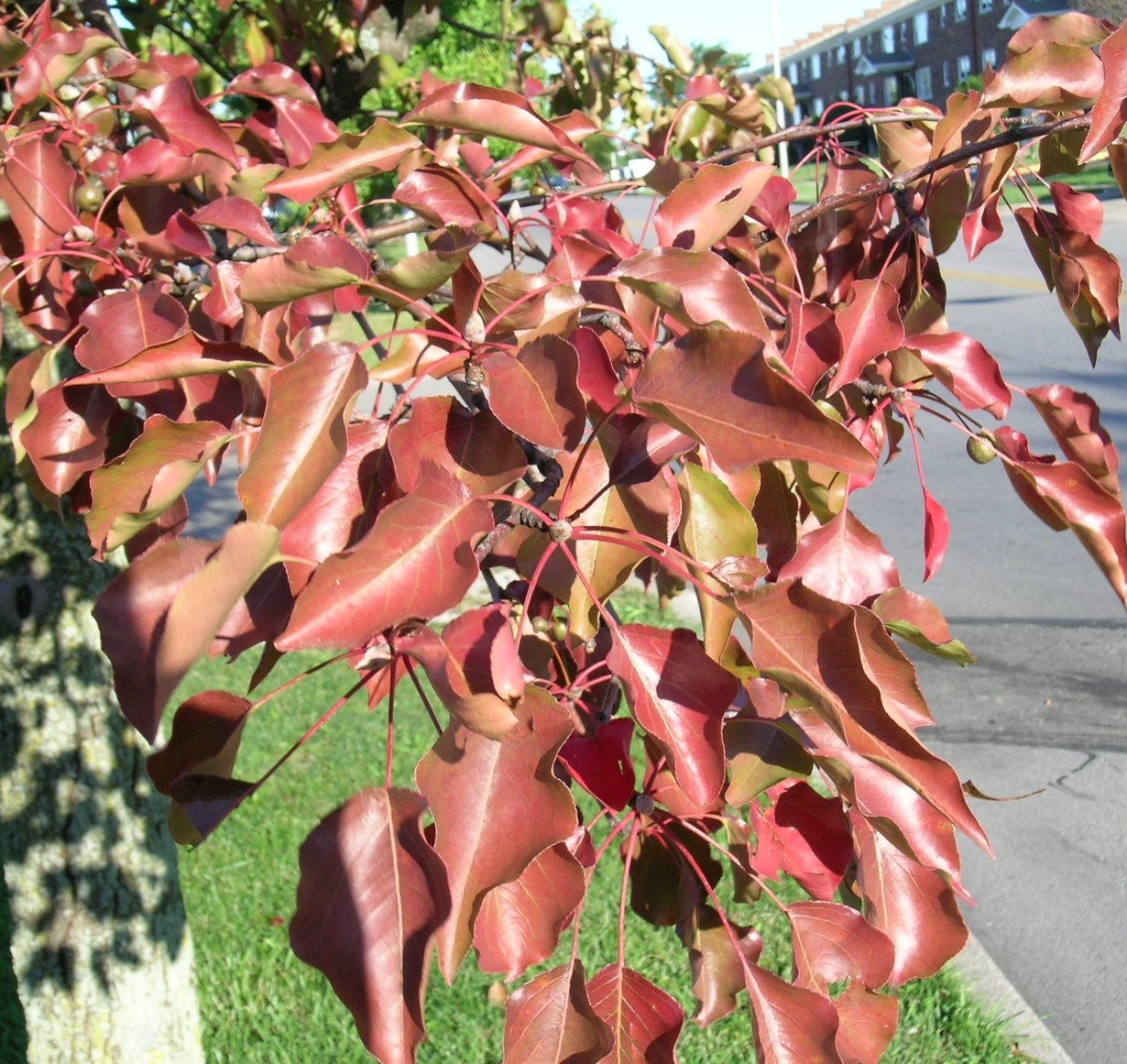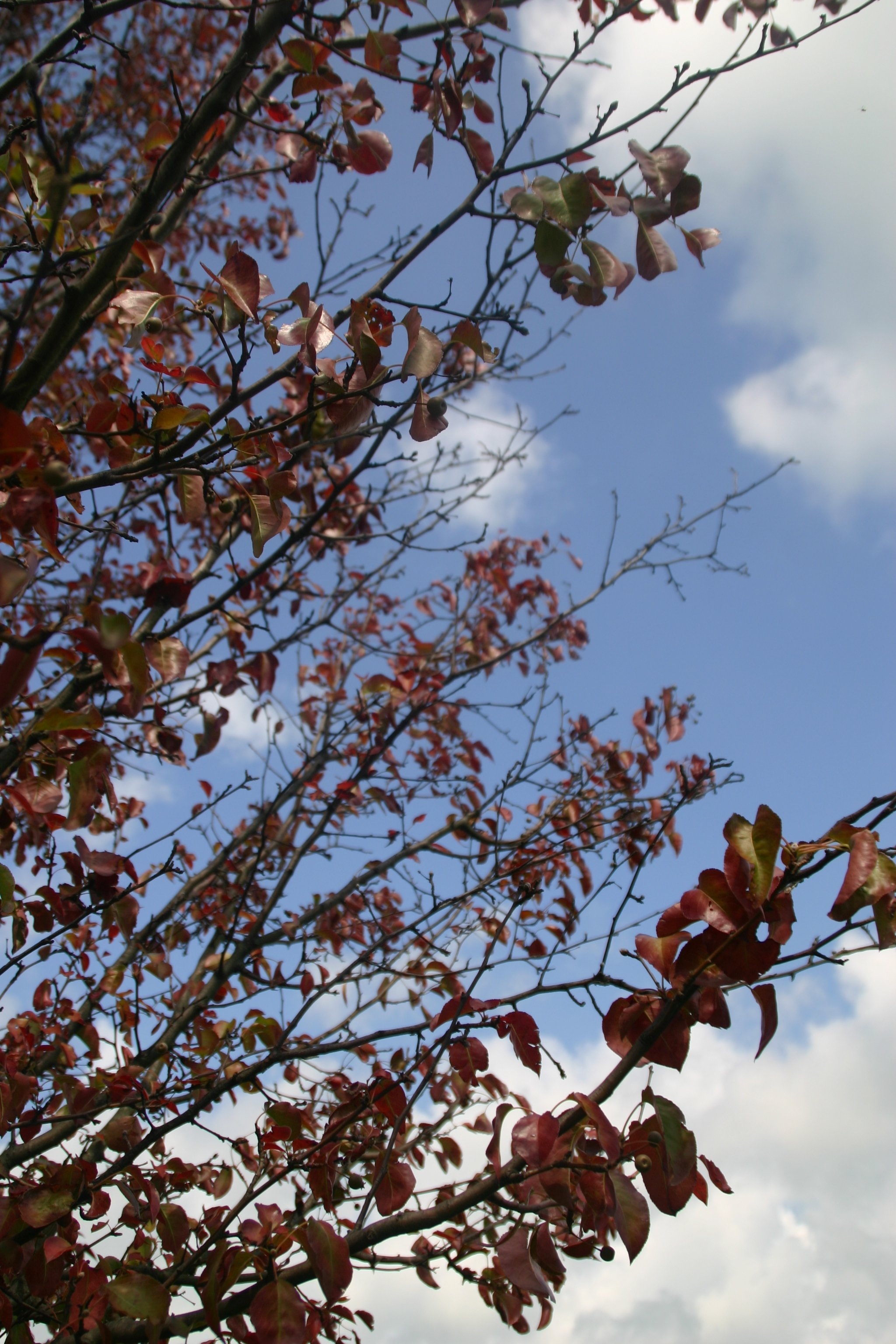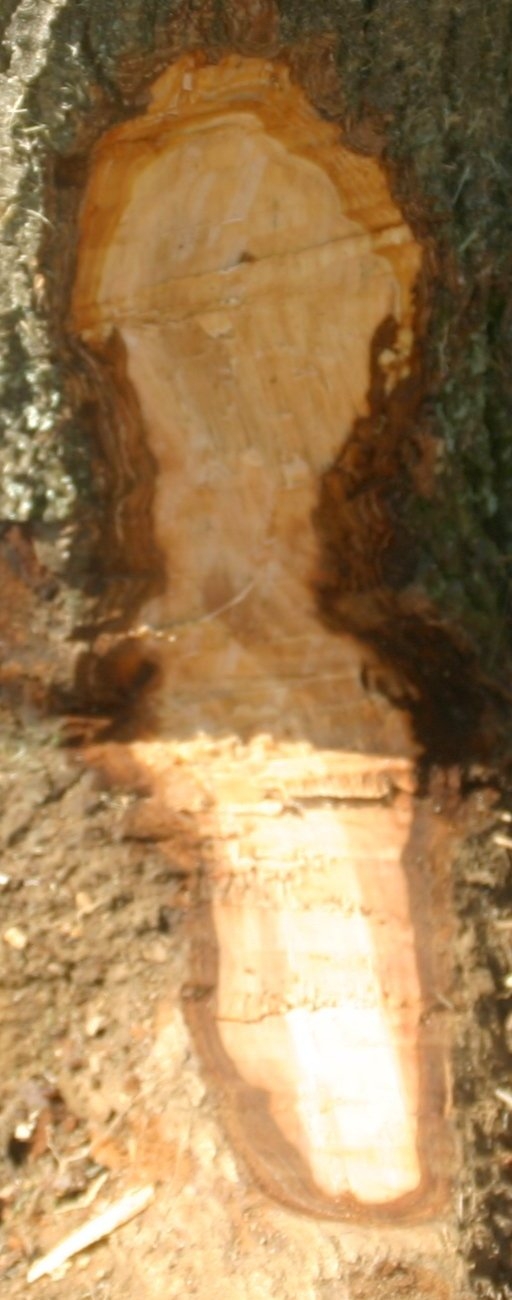Soybean aphid populations continued to increase over the past week in central Kentucky. Yet, populations even at the largest level detected were not near the threshold. These populations may continue to grow over the next month, but more and more soybeans will be moving into the R6 (Full Seed - pod containing a green seed that fills the pod capacity at one of the four uppermost nodes on the main stem) or later stages. Once a soybean plant moved into the R6 stage the current threshold no longer applies. Research work continues on a threshold for the R6 stage but a definitive threshold is not yet available. The most recent information indicates that aphid populations levels in R6 will need to be much greater that the 250 aphids / plant that we use for stages through the R5 stage. Populations during R6 will certainly need to be 500 aphids per plant and likely 1000 aphids per plant to provide any benefit from an insecticide application. This is very unlikely to occur in Kentucky.
Problematic populations in the north central states have begun to collapse. In fact several states have reported what they currently believe to be the migrant generation returning to the overwintering host (common buckthorn). This usually signals the end of the season.
Producers in the I-65 to I-75 corridor with plants in stages less mature than R6 should continue to watch for this pest. Historically, September has produced the largest soybean aphid populations in Kentucky. If this trend continues it may place the latest maturing beans at risk. However, in the presence of larger than expected aphid populations the stage of the plant will be very important in deciding if a control measure is warranted; unlikely but possible.
|
County extension agents and tree owners have expressed concern about landscape flowering pears that are showing premature fall color with some trees beginning to decline. Flowering pears (callery pears) are widely planted in Kentucky landscapes for many reasons including:
- They are easy to propagate and grow rapidly in nursery production.
- Consumers like the dependable and abundant spring flowers, green summer foliage, and crimson to purple fall color.
- Flowering pears are easy to transplant and they are tolerant to many pests and diseases and to adverse urban growing conditions.
Callery pears (Pyrus calleryana) are often referred to as ‘Bradford’ pears because it was one of the first cultivars given that name. However, there are many callery pear cultivars that are not ‘Bradford’ but have similar characteristics. Callery pears are often overused and in some cases have become a significant invasive species.
Symptoms of callery pear decline. During summer, when pear leaves should be green, affected trees show premature fall color (Figures 1 and 2), sometimes as early as June or the beginning of July, often on one side of the tree. Premature fall color has been followed by defoliation and eventually twig and branch death (Figure 3). Immature fruit on senescent branches are shriveled. In some cases, roots and root flare tissues under the bark are dark-colored and decayed (Figure 4). Trunks of affected trees often have significant lichen growth (Figure 5) and shoot elongation in recent years appears to be retarded. While lichens are not harmful to plants, they are an excellent visual indicator of a tree’s vitality. Trees that grow slowly are unable to slough off these organisms as new bark is formed.
Causes. There appear to be several potential causes of the flowering pear decline.
- Affected recently transplanted trees (transplanted in the past few years) were found to have synthetic (plastic) burlap or natural jute burlap treated to retard decay still covering their root balls. Or, plastic twine was still tied around the lower trunk. Failure to remove treated and synthetic burlap impedes root growth beyond the root ball and prevents movement of water into the root ball. Like synthetic burlap, plastic twine must also be removed so that the trunk and structural roots don’t become girdled.
- Phytophthora root and collar rot may be affecting some of the older trees (Figure 4). A preliminary finding of this disease was made on excavated samples submitted to the UK Plant Diagnostic Laboratory. Phytophthora is associated with periods of high precipitation and poorly drained soils. The wetter-than-normal weather for the 2009 growing season may have contributed to more-than-usual activity by this water mold.
- This wet 2009 growing season follows two years of much dryer weather (2007-2008) which placed trees under stress.
- Callery pears may also suffer from stresses related to mechanical damage due to lawn care equipment, construction, and ice storm breakage.
- Cracked bark on the lower trunk, when removed, sometimes revealed borer insect infestations, perhaps indicating a secondary invasion of an already stressed tree (Figure 5).
- There have been some claims that the decline of mature trees was the direct result of drought-induced failure of graft unions. No such failures have been observed. ‘Bradford’ is one of the more drought-tolerant plants in the landscape and has been in production for decades without reports of graft incompatibility.
Prevention of callery pear decline in the landscape. Try to match the plant to the site and provide the best growing conditions possible. These include:
- Prepare a planting site that has good drainage. Consider redirecting drain spouts away from trees.
- Dig wide planting holes and do not amend the backfill soil.
- Make sure that plants are not installed too deep and remove all synthetic materials surrounding the root ball. Even natural jute burlap should be pulled back from the root ball and removed from the top and sides.
- Loosen the soil at the edge of the root ball so that there will not be a distinct interface. Changes in soil texture prevent movement of water between the soil and the root ball.
- Check the root ball frequently for moisture. Roots of newly established plants should not be allowed to become excessively dry, even for a short time.
- Irrigate young trees during dry periods. Established trees should be irrigated with 1 to 1.5 inches of water no more frequently than once a week. Turf should be on a different irrigation system than landscape plants.
- Consider using trees other than callery pears in the landscape. These may include: Acer griseum (paperbark maple), Amelanchier spp. (serviceberry), Asimina triloba (pawpaw), Betula nigra (river birch), Carpinus betulus (European hornbeam), Carpinus caroliniana (American hornbeam), Cercis canadensis (redbud), Cercis x ‘Oklahoma’ (Oklahoma redbud), Chionanthus virginicus (fringetree), Halesia tetraptera (silverbell), Maackia amurensis (Amur maackia), Magnolia spp. (little girl magnolias - Ricki, Betty, Ann etc), Magnolia stellata (star magnolia), Magnolia virginiana (sweetbay magnolia), Malus spp. (crabapple), Prunus spp. (ornamental cherry), Syringa reticulata (Japanese treelilac). Note: Plants listed above have unique aesthetic characteristics and specific cultural requirements that may not make them the best choice for your site. Always match the characteristics of the plant to the site.

Figure 1. Prematurely red, street-side callery pear in summer. Note that the nearby callery pear is still green.

Figure 2. Closer view of red foliage of callery pear.

Figure 3. Foliage thinning and defoliated twigs of affected callery pear.

Figure 4. Excavated buttress root and lower trunk dark discoloration of the inner bark. Discolored tissues are decayed like a Phytophthora root and collar rot infection.
.JPG)
Figure 5. Lower trunk of callery pear showing lichen growth on the bark and where bark was removed, revealing insect infestation.
|